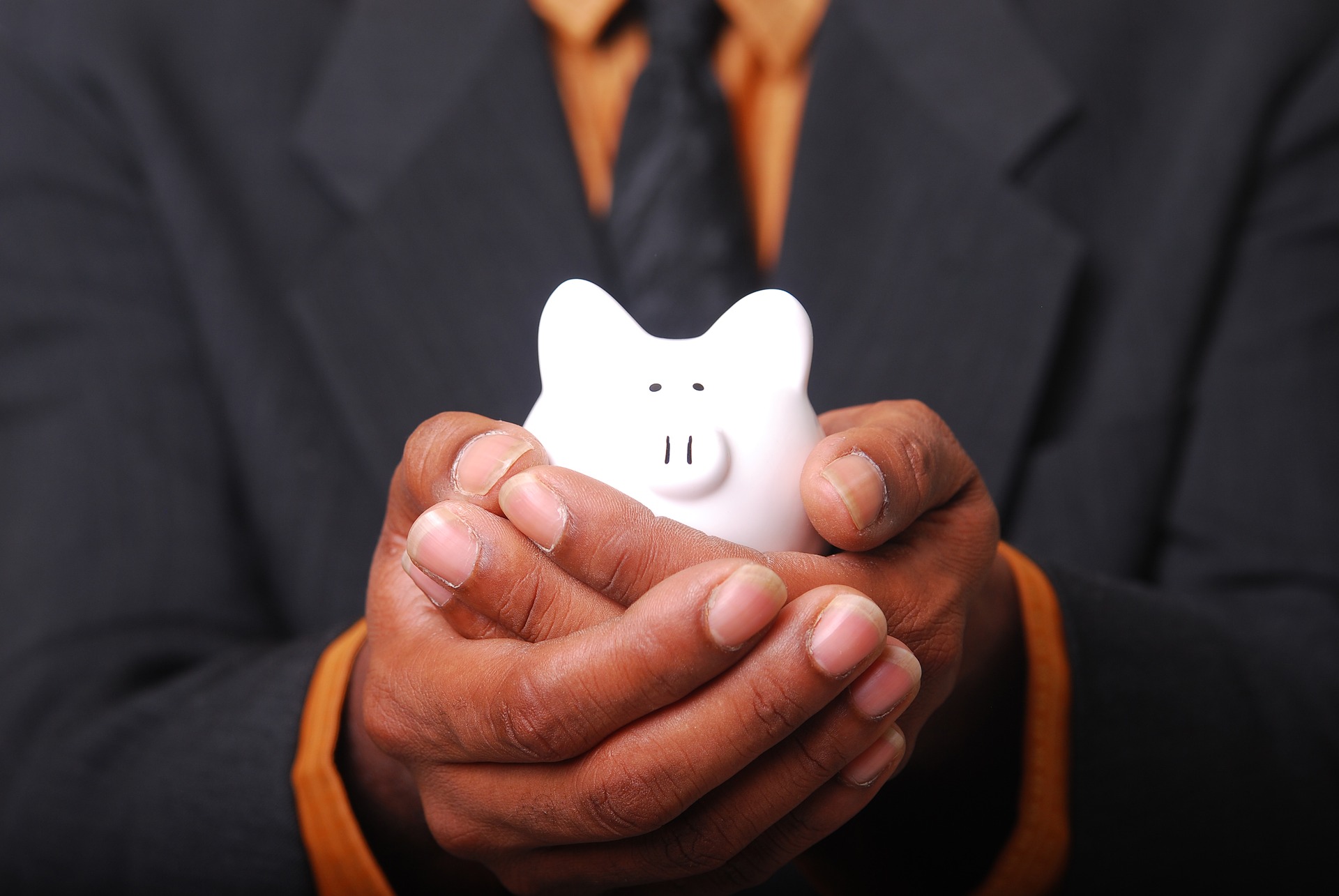One of the most common misconceptions that people make when trying to save money is thinking that it will be painful. Often, people think that saving money means making drastic cuts in their budget and foregoing the things that they like to do for fun. When individuals approach saving with this mindset, they set themselves up for failure.
On the contrary, making small adjustments in everyday spending practices can really add up in the long run without seriously impacting quality of life. Saving even just a couple of dollars each day means more than $700 additional in the bank account at the end of the year. Some everyday changes that you can make to cut back on spending and boost savings include:
-
Plan out the meals you will eat each week.
While it may take a couple of hours out of the weekend to meal plan, you will quickly see a difference in your wallet and perhaps even your waistline. For most households, food outside the home remains the largest daily expense. By cooking at home, you can enjoy healthier meals that don’t require a tip or a delivery fee.
Often, people have the best intentions when it comes to cooking during the week. However, after a long day of work, ordering take-out or going to a restaurant sounds like the easier option. To get around this trap, make a plan and shop on the weekends for lunches and dinners for the upcoming week. You can even cook a couple of big meals during the weekend so that the leftovers last for several days and cut down on cooking time after the workday.

-
Skip the café with coffee and tea from home.
Most people love relaxing in a café with a nice coffee or tea, but spending this money every day adds up very quickly. While you can still treat yourself with café coffee every now and then, try to make coffee at home in the morning and think about bringing some tea bags with you to the office.
Making your own caffeinated beverages can really reduce your food expenses. You can experiment with different ways of making your coffee, such as using a French press, a percolator, or a Chemex, to get the flavor you love without paying $5 for it. If you need an afternoon caffeine fix, look into portable coffee maker options. Some thermoses double as a French press so you can still have a delicious cup without spending a lot of money.
-
Embrace a mindful approach to spending.
Sometimes, people use shopping as a way of dealing with their emotions. People may spend money when they are frustrated, excited, depressed, or just bored. Before spending money, you should check in with yourself to determine why you are making a given purchase.
Sometimes, the purchase is necessary. Other times, you may think of a better use for your time and money. A good rule of thumb, especially with larger purchases, is to wait a set period of time before buying something. If you still feel like you need to buy it after that period has elapsed, it is probably something you will truly use. If you change your mind, try to figure out what was motivating the desire in the first place.

-
Get acquainted with free activities and events.
Usually, entertainment factors heavily into people’s budgets. A great strategy for reducing entertainment expenses is to search out free activities and events in your area. Larger cities and smaller towns frequently have festivals and other events that cost less money than going to the movies does.
Some cities offer free days at museums that can save a lot of money. Another option is to check out local parks. While some parks have a small fee to enter, many do not, and the charge is usually fairly minimal. Start by checking out your city or town’s website, or by browsing through the local newspapers. Both of these sources should publish a list of any upcoming events and indicate whether or not they are free.
-
Avoid paying extra for convenience whenever possible.
The modern world is all about convenience. Corner stores offer a wide range of products, but often hike the price to nearly double what grocery stores charge. ATMs are everywhere, but out-of-network fees can really start to stack up if you withdraw cash a couple of times each week.
To avoid needing these conveniences, spend some time planning out your week. Write lists for the grocery store and keep an ongoing tally of things you are out of so that you can get them in one run. Figure out how much cash you will need for the week and make one withdrawal from your own bank’s ATM. None of the convenience charges feel like that much money at the time, but you can easily save $20 or more each week by planning a little better and avoiding them altogether.

